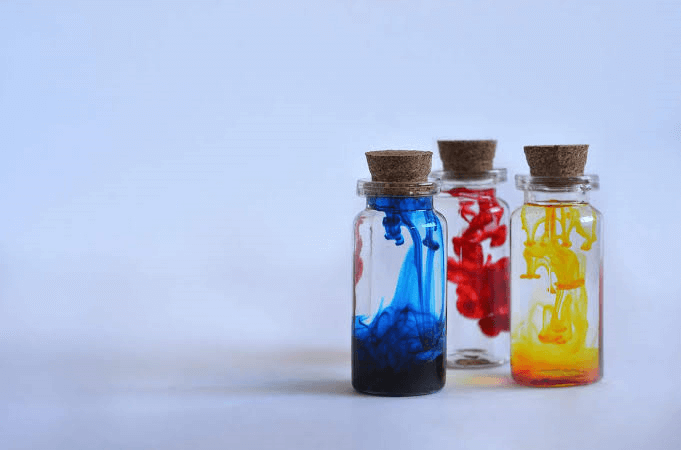Difference Between Syrup and ElixirDepending on their physical characteristics, dosage forms can be solid, liquid, semi-solid, or gaseous. They can also be administered orally, topically, parenterally (via an injection), buccally, inhaled, or sublingually. All of these methods are designed to deliver the active pharmaceutical ingredient (API) to a specific location in the body. Dosage forms can take many different forms, including pills, tablets, granules, lozenges, syrups, liquids, drops, gels, ointments, pastes, creams, suppositories, aerosols, sprays, mouthwash, and inhalers, among others. 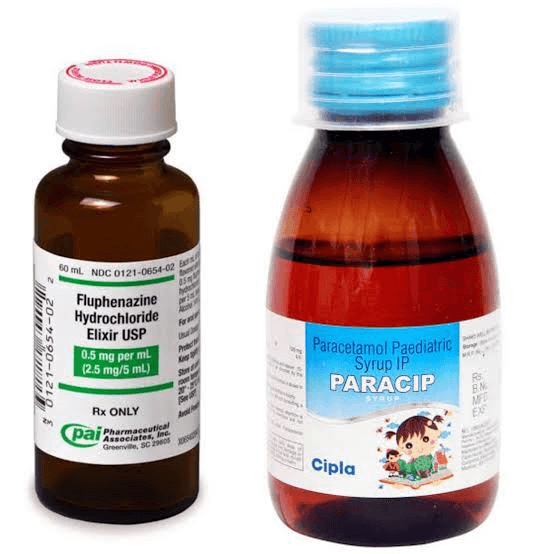
Typically, oral liquid formulations include syrups, elixirs, linctus's, mixtures, oral emulsions, solutions, drops, and suspensions that contain one or more medications in a suitable carrier. A wide variety of dosage forms, often categorized as monophasic and biphasic, are included in the entire spectrum of liquid oral dosages. Biphasic forms are not completely dissolved in the medium, whereas monophasic forms are homogenous and are. Compared to solid oral dose forms, liquid oral dosage forms provide additional benefits and flexibility. SyrupA syrup is a concentrated mixture of sugar and water or another watery liquid. In the language of medicine, medicinal syrups, sometimes known as syrupus, are almost saturated solutions containing sugar in water wherein therapeutic agents or medications are dissolved. Essentially, it is a liquid oral solution. The medical syrup, also known as pharmaceutical syrup, serves as a delivery system for medication. It frequently serves as a medicine delivery system with taste. After usage, syrups should be tightly sealed in a cold, dry area to keep them from spoiling. Although there are also medicated syrups for adults, medicinal syrups are frequently used as children's medications. 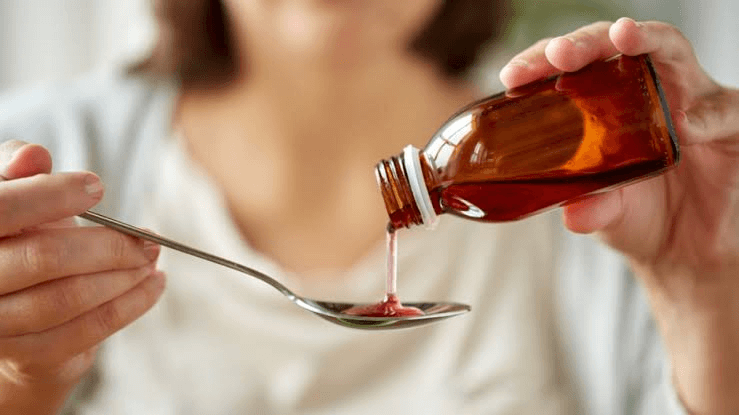
Syrups are aqueous solutions of sucrose in clean water that are thick, sweet, and viscous. In pure water, simple syrup I.P comprises 66.7% weight-for-weight sucrose (100 ml). 85% weight-for-weight sucrose is included in USP simple syrup, which is made with purified water (100 m.) The amount of sucrose contained within sugar-based syrup is crucial. While microorganisms may thrive in a saturated solution, the same amount of sucrose may crystallize in a dilute solution, which may promote the development of microorganisms. Both IP and USP-recommended syrup concentrations result in stable syrup. An antimicrobial preservative is required in syrup that contains different amounts of sucrose. The syrup is a thick, concentrated aqueous mixture of sugar or sugar substitutes, with or without flavourings and potentially therapeutic ingredients. It is an oral suspension in liquid form available in three flavours-simple syrup, medical syrup, and flavoured syrup-all of which are best suited for usage in children. Pharmaceutical syrup is created by combining active chemicals, water, flavours, sweeteners, thickeners, and other components, etc., to be used as a flavoured delivery system for medication. Types of SyrupThere are primarily two kinds of syrup.
The majority of the time, they are employed to enhance the flavour of bitter, salty, or other undesirable mixes.
They come in two varieties: extracted from illicit substances: The syrup is combined with the liquid extract of the appropriate medication in this instance. chemically produced: Simple solutions or chemical reactions and solutions can be used to achieve this. The medicinal substances' flavour has been significantly altered in this place. Preparation of SyrupsSyrup is made depending on the chemical and physical properties of the item used in its production. There are four ways that are frequently used to prepare syrups. 1. Arousal without Heat: Syrups containing volatile chemicals are made using this technique. A glass-stoppered container is used for this method, which involves adding an active chemical to a solution and stirring it. Sealing the bottle is important to safeguard the syrup against tampering and solution loss during the procedure. Glass-lined tanks with mechanical agitators are used for large-scale preparation. A large range of syrups are made using this technique. Typically, this method is used to make cough syrups (e.g., codeine syrup, ephedrine sulfate syrup etc.) 2. A heated solution: This technique is typically favored because it takes less time and is easier to use, especially when the components are nonvolatile and unaffected by heat. The aqueous solution is heated after sucrose is introduced in this procedure until the sucrose is entirely dissolved. The solution's volume is increased by adding the remaining distilled water. Syrups that include any coagulated substances can later be separated by straining. 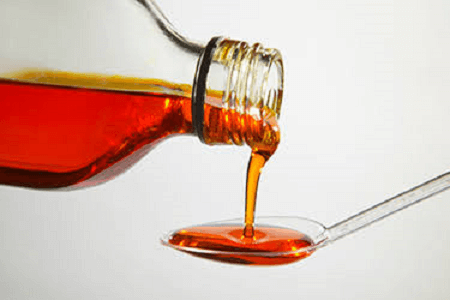
Saccharometers are used to determine the syrup's concentration when the solution's specific gravity is known. Syrup should not be heated excessively because sucrose inversion increases as temperature rises. Without caramelization, syrups cannot be autoclave sterilized. Due to the synthesis of caramel from sucrose under the influence of heat, this solution's color changes from yellowish to brown. 3. Including a medicated liquid: In situations when syrup is treated by adding tinctures, fluid extracts, or other therapeutic liquids, this procedure is used. Due to the resinous and greasy materials present, precipitation occurs sometimes throughout this procedure. It is important to take precautions to ensure that any medication does not precipitate during this procedure. 4. Percolation: In this method, crystallized sucrose is used as a bed through which purified water or an aqueous solution is passed. Purified water or an aqueous solution containing sucrose is introduced to the percolator, which has a pledget of cotton in the neck. The stopcock regulates the flow rate and maintains it so that droplets come in quick succession. If more liquid is needed to thoroughly dissolve the sugar in the liquid or aqueous solvent, a tiny amount is re-passed through the percolator. ElixirElixirs are classified as hydroalcoholic, transparent, fragrant, sweetened liquids that are designed for oral consumption. They offer a tasty way to give strong or nauseating medications. In comparison to syrup, elixirs are less viscous, less sweet, and may even include no sucrose at all. Elixirs are chosen over syrups because they are more stable. Alcohol makes around 4-40% of elixirs (ethanol). For the goal of making medications more soluble or for sweetening, they may include glycerin and syrup. Elixirs may also include the appropriate flavoring and coloring ingredients. Elixirs do not require preservatives as the alcohol component serves as a preservative effectively. Elixirs are often made by combining two or more liquid substances, either separately or in simple solution with agitation. Turbidity or separation may result from lowering the alcohol concentration by adding the aqueous solution to the elixirs. 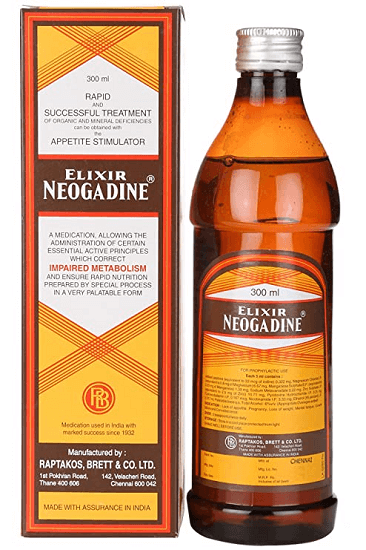
Preparation of ElixirsElixirs can be made using straightforward dissolutions or combinations of two or more liquids once the constituents have been dissolved in their respective solvents. The ones that dissolve in alcohol will do so, and the ones that dissolve in water will do so. 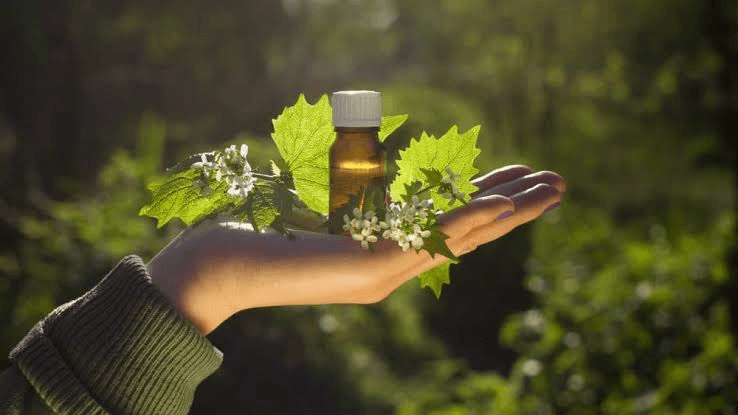
Alcoholic solutions often contain aqueous solutions to keep the alcohol's potency high. The mixture is then transformed into ice cream when the appropriate volume has been obtained (q.s.). When the alcohol content has decreased at this point, some flavoring components may begin to separate from the product. After letting the elixir sit for a bit, oil globules start to precipitate. It is subsequently followed by the filtrate. Talc absorbs the surplus oils. After filtering, the finished product is transparent. Types of ElixirsElixirs fall into one of two categories: Non-Medicated Elixirs: When filling prescriptions on the spot, non-medicated elixirs are employed. They involve diluting an already-existing medicated elixir and adding a therapeutic component to a tasty vehicle. Medicated Elixirs: Medicated elixirs are used to enhance the therapeutic effects of the medicinal ingredient present. Examples include hypnotic and sedative elixirs, as well as antihistamine elixirs. Syrup v/s Elixir : Comparison
Tabular Representation
BottomlineAt first appearance, elixirs and syrup appear to be identical. In actuality, they are very similar. However, because of their core components, they are different from one another. Syrup's primary components are sugar and water. Elixirs mostly include alcohol and water. 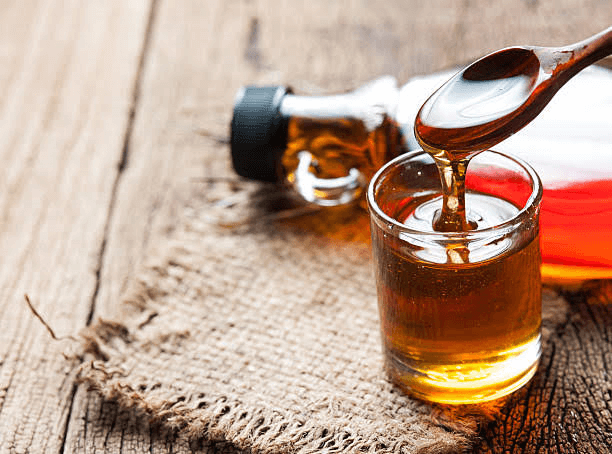
The primary distinction appears to be that elixirs are required to have both water and alcohol, but syrups are not required to contain alcohol and are thick and sweet due to the presence of sugar. Elixirs, on the other hand, are not required to be either thick nor sweet. Syrup is a highly concentrated, viscous, aqueous solution of sugar or a sugar substitute that may or may not also contain flavorings and medicinal ingredients. Elixirs are oral liquids that are clear, flavorful, and sweetened that include alcohol.
Next TopicDifference between
|
 For Videos Join Our Youtube Channel: Join Now
For Videos Join Our Youtube Channel: Join Now
Feedback
- Send your Feedback to [email protected]
Help Others, Please Share





